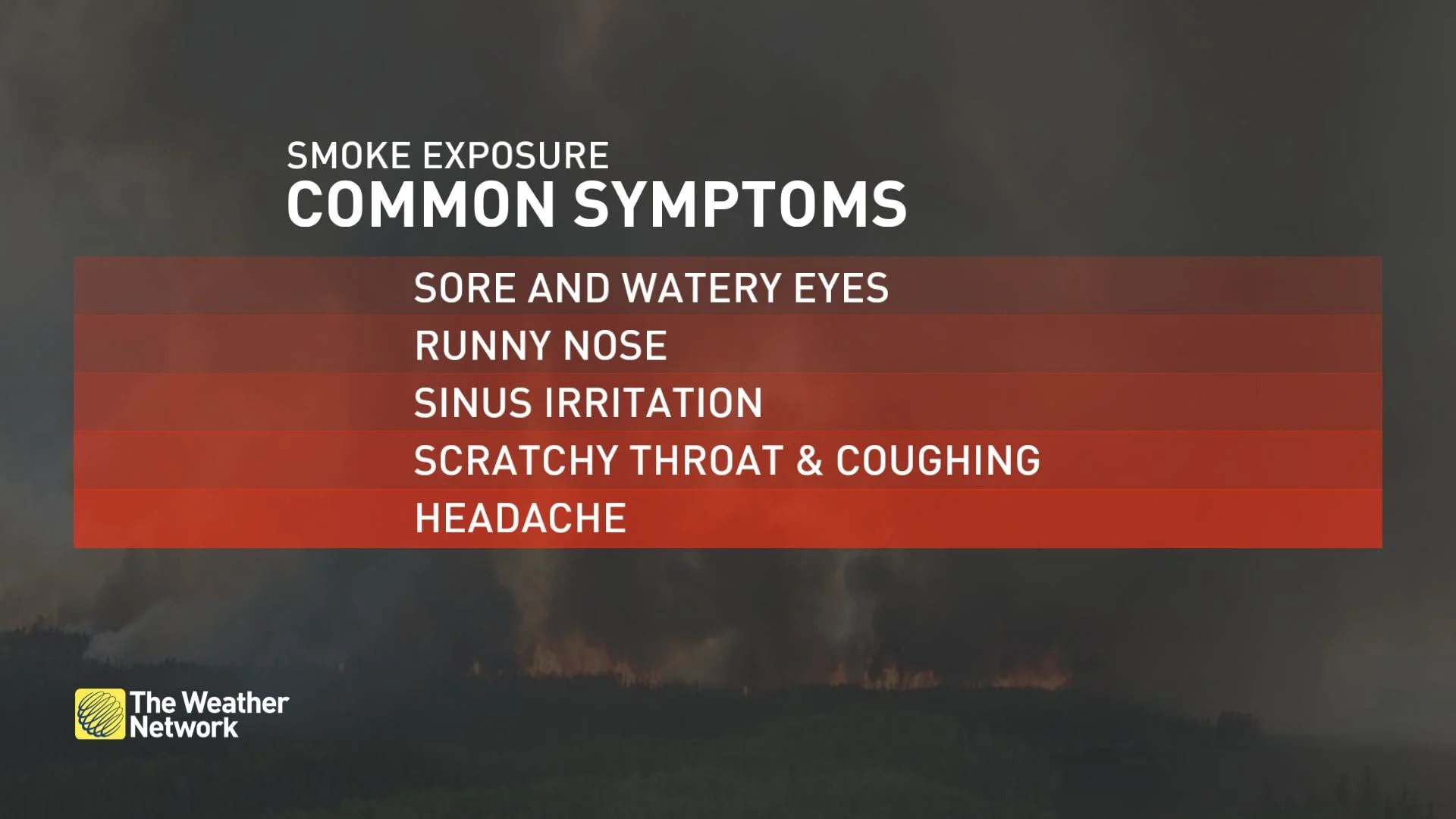
AQI, AQHI, and your health: Air quality ratings explained
Learn the difference between AQI and AQHI and the health impacts of poor air quality.
Summer’s arrived and with that you’ve probably noticed the Air Quality Health Index (AQHI) values increase on your Weather Network app. But what do those ratings mean, exactly? Should you be concerned? Below we outline what you need to know.
What is air quality?
When air quality is good, conditions are typically clear. "Poor" air is laden with pollutants, chemicals, and in the cases, particles from wildfires.
The Air Quality Index (AQI) is a tool used by many government agencies to communicate to the public how polluted the air is and how polluted it may become over a 48-hour period.
The newer AQHI takes into account the health effects and environmental concerns associated with varying concentrations of pollution, two factors the AQI does not. AQHI measures the impact of air quality on your health using a scale of 1-10, with 10 and up representing the highest risk.
__DON'T MISS: Best practices to keep yourself safe from wildfire smoke
Understanding AQHI ratings
Low: 1 - 3
An AQHI rating between 1 and 3 represents ideal air quality for outdoor activities, according to the Government of Canada. For the general population, no precautions are required.

Moderate: 4 - 6
People with respiratory conditions or certain environmental allergies may need to reduce or reschedule strenuous outdoor activities when a moderate AQHI is in effect. For others, it is generally safe to assume outdoor activities unless symptoms like coughing or throat irritation appear.
High: 7 - 10 and very high: above 10
Children and the elderly are advised to limit time outdoors when a high or very high AQHI rating is in effect.
The Weather Network has AQHI ratings on its city pages, making it easy to check air quality in real-time:

SEE ALSO: 10 ways The Weather Network app can help you plan for summer's unpredictability
Long-term effects of poor air quality
In the short term, exposure to poor air quality can result in difficulties breathing, irritation of the nose, throat, eyes, and skin, as well as pneumonia and bronchitis. Headaches and dizziness are also common side effects.
Prolonged exposure to poor air quality can result in heart disease, lung cancer, and conditions such as emphysema.
According to McGill University air pollution causes an estimated 4.2 million premature deaths globally each year.
Health Canada estimates that air pollution contributes to 15,300 premature deaths each year in Canada.
Visit www.airhealth.ca for information on how to reduce your health risk and your personal contribution to pollution levels, as well as for current and forecast AQHI values.






